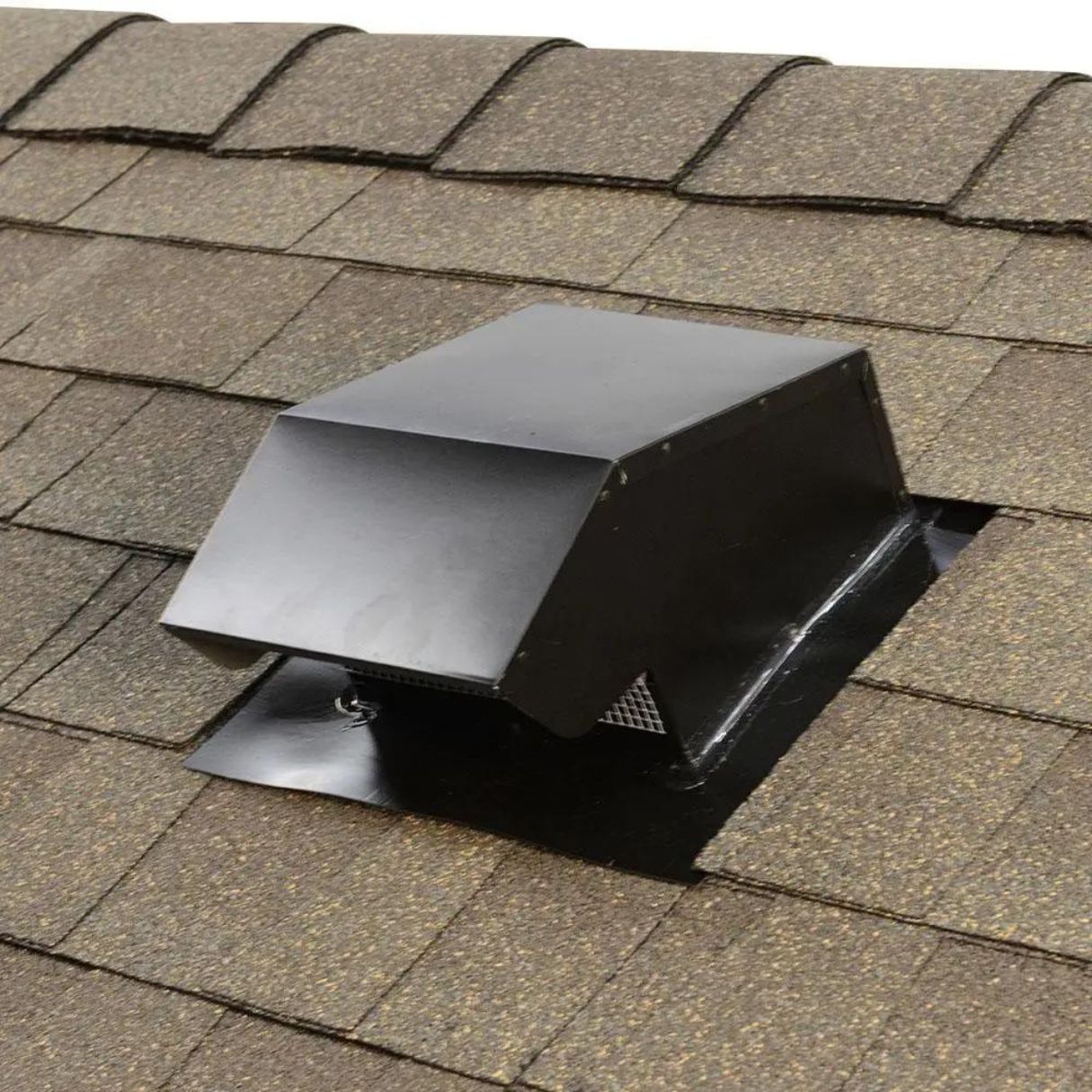

Articles
How To Install A Range Hood Vent Through Roof
Modified: February 29, 2024
Learn how to install a range hood vent through the roof with our step-by-step guide. Find useful articles and tips to complete the installation process easily and efficiently.
(Many of the links in this article redirect to a specific reviewed product. Your purchase of these products through affiliate links helps to generate commission for Storables.com, at no extra cost. Learn more)
Introduction
Installing a range hood vent through the roof is a crucial step in ensuring proper ventilation and air quality in your kitchen. A range hood vent helps to remove smoke, odors, and grease particles that are produced while cooking, preventing them from lingering in your home. By directing these pollutants outside, you can maintain a clean and healthy environment in your kitchen.
In this article, we will guide you through the step-by-step process of installing a range hood vent through the roof. We will provide you with detailed instructions and tips on how to properly prepare the roof, secure the vent in place, and connect the ductwork. By following these guidelines, you can successfully install a range hood vent and enjoy the benefits of improved air quality in your kitchen.
Before we get started with the installation, let’s take a look at the tools and materials you will need:
- Range hood vent kit
- Ladder or scaffolding
- Tape measure
- Pencil or marker
- Roofing nails or screws
- Roofing tar or caulking
- Silicone sealant
- Screwdriver or drill
- Hacksaw or tin snips
- Ductwork and appropriate connectors
Key Takeaways:
- Properly installing a range hood vent through the roof is essential for maintaining a clean and healthy kitchen environment. By following the step-by-step guide and ensuring proper ventilation, you can enjoy cooking without lingering odors or pollutants.
- Sealing and insulating the ventilation system is crucial for maximizing efficiency and preventing air leaks. Taking the time to secure the vent in place, connect the ductwork, and test for proper functionality will ensure effective removal of smoke, odors, and contaminants from your kitchen.
Step 1: Gather the Necessary Tools and Materials
Before you begin the installation process, it is essential to gather all the necessary tools and materials. Having everything you need on hand will ensure a smooth and efficient installation. Here is a list of the tools and materials you will need:
- Range hood vent kit: This includes the vent hood, ductwork, screws, and any necessary connectors. Make sure to choose a vent kit that is suitable for your range hood and the size of your kitchen.
- Ladder or scaffolding: Depending on the height of your roof, you will need a secure and stable surface to reach the installation area.
- Tape measure: Use a tape measure to determine the appropriate location for the vent and to measure the dimensions for cutting the hole in the roof.
- Pencil or marker: Marking the measurements on the roof will help guide you during the installation process.
- Roofing nails or screws: These will be used to secure the vent hood in place once it is installed.
- Roofing tar or caulking: This will help seal any gaps or openings around the vent hood, preventing water leaks.
- Silicone sealant: It is necessary to use silicone sealant to create an airtight seal between the vent hood and the roof, ensuring optimal ventilation.
- Screwdriver or drill: You will need a tool to secure the vent hood and screws in place.
- Hacksaw or tin snips: These tools will be used to cut the ductwork to the appropriate length.
- Ductwork and appropriate connectors: Depending on the layout of your kitchen and the distance between the range hood and the roof, you may need to purchase additional ductwork and connectors.
Once you have gathered all the necessary tools and materials, you are ready to move on to the next step: choosing the location for the range hood vent.
Step 2: Choose the Location for the Range Hood Vent
Choosing the right location for your range hood vent is crucial for its overall effectiveness. You need to consider factors such as the proximity to the cooktop, the structural integrity of the roof, and the ease of installation. Here are the key considerations to keep in mind when selecting the vent location:
- Proximity to the cooktop: The range hood vent should be positioned directly above the cooktop to efficiently capture and exhaust any smoke, odors, and grease particles generated during cooking. The distance between the vent and the cooktop should be in line with the manufacturer’s recommendations.
- Structural integrity of the roof: It is essential to choose a location where the roof can support the weight of the vent hood and withstand any potential leaks. Avoid installing the vent in areas with roof joists or beams that may interfere with the installation process.
- Accessibility for maintenance: Consider the ease of accessing and maintaining the vent hood in the chosen location. You should be able to clean the filters and perform any necessary maintenance without difficulty.
- Minimal obstructions: Ensure there are no obstructions such as pipes, electrical wires, or vents obstructing the chosen location. These obstructions can interfere with the installation process and affect the vent hood’s functionality.
Once you have identified the ideal location for the range hood vent, use a tape measure to mark the exact placement on the roof. Measure the dimensions of the vent hood and draw an outline with a pencil or marker. This outline will act as a guide for cutting the hole in the roof in the next step.
Now that you have chosen the location for the range hood vent, proceed to the next step: preparing the roof for installation.
Step 3: Prepare the Roof for Installation
Before you can install the range hood vent through the roof, it is important to properly prepare the roof to ensure a secure and watertight installation. Follow these steps to prepare the roof:
- Locate and mark the center of the vent area: Use the measurements and outline from the previous step to find the center of the vent area on the roof’s surface. Mark it with a marker or pencil.
- Clear the area: Remove any debris, branches, or other objects from the area surrounding the marked center. This will ensure a clean and accessible installation site.
- Roof inspection: Inspect the roof for any damaged or worn-out shingles. Replace any damaged shingles to ensure the roof is in good condition. This step is crucial in preventing future leaks.
- Create a pilot hole: Use a drill or screwdriver to create a small pilot hole at the center of the marked area. This will act as a starting point for cutting the hole for the vent hood.
- Cut the hole: Using a saw or tin snips, carefully cut along the outline of the vent hood. Take your time and work slowly to ensure a clean and precise cut. Remove any excess roofing material from the hole.
Once you have prepared the roof for installation and cut the hole for the range hood vent, you are ready to move on to the next step: installing the vent through the roof.
Step 4: Install the Range Hood Vent Through the Roof
Now that you have prepared the roof, it’s time to install the range hood vent through the roof. Follow these steps carefully for a successful installation:
- Position the range hood vent: Place the vent hood over the hole you cut in the roof, ensuring that it aligns properly with the center of the hole.
- Secure the vent hood: Using roofing nails or screws, secure the vent hood to the roof. Make sure to drive the nails or screws through the flange of the vent hood and into the roof deck. This will ensure a secure and stable installation.
- Apply roofing tar or caulking: To ensure a watertight seal, apply roofing tar or caulking along the edges of the vent hood. This will prevent any water from seeping into the roof and causing leaks.
- Attach the ductwork: Connect the ductwork to the vent hood. Ensure a tight and secure connection by using appropriate connectors. If needed, trim the ductwork to the required length using a hacksaw or tin snips.
- Seal the connection: Apply silicone sealant to the joint between the vent hood and the ductwork. This will create an airtight seal and prevent any air leakage.
Take your time during this step to ensure that the vent hood is properly positioned and securely attached to the roof. Double-check all connections and seals to avoid any potential issues in the future.
Now that the range hood vent is installed through the roof, proceed to the next step: securing the vent in place.
Read more: How To Install A Dryer Vent Through The Roof
Step 5: Secure the Range Hood Vent in Place
Once the range hood vent is installed through the roof, it is important to secure it in place to ensure stability and prevent any potential movement. Follow these steps to secure the vent in place:
- Check the alignment: Verify that the vent hood is properly aligned and centered over the hole in the roof. Adjust if necessary.
- Tighten the screws or nails: Ensure that all the screws or nails used to secure the vent hood are tightened securely. This will prevent the vent hood from shifting or coming loose over time.
- Apply roofing tar or caulking: Once again, apply roofing tar or caulking around the edges of the vent hood to create a watertight seal. This will provide an extra layer of protection against leaks and water damage.
- Inspect for any gaps: Carefully inspect the installation for any gaps or openings between the vent hood and the roof. Seal any gaps with additional roofing tar or caulking to ensure a tight seal.
By following these steps, you can securely fasten the range hood vent in place, minimizing the risk of any movement or instability over time.
Now that the range hood vent is properly secured, proceed to the next step: connecting the ductwork.
Make sure to measure and mark the precise location for the vent on the roof. Use a jigsaw to cut through the roof and install a vent cap to prevent leaks. Always follow safety precautions when working on the roof.
Step 6: Connect the Ductwork
Connecting the ductwork is an essential part of the range hood vent installation process. It ensures that the captured air, smoke, and odors are properly directed out of your home. Follow these steps to connect the ductwork:
- Position the ductwork: Position the ductwork so that it extends from the vent hood to the outside of your home. Make sure it is aligned and properly angled for optimal airflow.
- Secure the ductwork: Use appropriate connectors, such as clamps or duct tape, to secure the ductwork in place. Ensure that all connections are tight and secure to prevent any air leakage.
- Trim the ductwork: If necessary, use a hacksaw or tin snips to trim the ductwork to the appropriate length. This ensures a proper fit and prevents any obstructions.
- Seal the connections: Apply silicone sealant around the joints and connections of the ductwork. This will create a tight and airtight seal, preventing any air leaks.
Take your time during this step to ensure that all connections are properly sealed and secure. A well-connected ductwork system will ensure the efficient and effective removal of smoke, odors, and contaminants from your kitchen.
Now that the ductwork is connected, proceed to the next step: testing the range hood vent for proper functionality.
Step 7: Test the Range Hood Vent for Proper Functionality
After installing the range hood vent and connecting the ductwork, it’s important to test the system for proper functionality. Here’s how you can do it:
- Turn on the range hood: Switch on the range hood and set it to the highest fan speed. This will create maximum airflow and ensure that the system is fully operational.
- Observe the airflow: Stand outside your home, near the vent hood, and observe the airflow. You should feel a steady stream of air being expelled from the vent. Additionally, check for any leaks or unusual noises.
- Check the suction power: Place a piece of tissue or a smoke pen near the vent hood to test its suction power. The tissue or smoke should be immediately drawn towards the vent, indicating proper suction and ventilation.
- Check the controls: Test all the controls of the range hood, including the fan speeds, lights, and any additional functionalities. Ensure that everything is functioning as expected.
If you notice any issues during the testing process, such as weak airflow, leaks, or malfunctioning controls, double-check the connections, seals, and ductwork. Make any necessary adjustments or repairs before proceeding.
By testing the range hood vent for proper functionality, you can ensure that it is effectively removing smoke, odors, and airborne contaminants from your kitchen.
Now that you have tested the system, proceed to the next step: sealing and insulating the ventilation system.
Step 8: Seal and Insulate the Ventilation System
Sealing and insulating the ventilation system is a crucial step in maximizing its efficiency and preventing any air leaks. Follow these steps to properly seal and insulate the system:
- Seal all joints and connections: Inspect the entire ductwork system and seal any joints or connections that may be leaking air. Use silicone sealant or duct tape to create a tight seal.
- Insulate the ductwork: Wrap the ductwork with insulation material to prevent heat loss or gain during the airflow. This will help maintain the desired temperature in your kitchen and improve energy efficiency.
- Insulate around the vent hood: Apply insulation material around the vent hood where it meets the roof. This will prevent any air leaks and maintain a proper seal.
- Seal any gaps or openings: Ensure that there are no gaps or openings in the ductwork or around the vent hood. Seal any gaps with insulation material or silicone sealant to prevent air leaks.
Effective sealing and insulation of the ventilation system will not only improve its performance but also minimize energy wastage and reduce the overall environmental impact. Taking the time to properly seal and insulate the system will yield long-term benefits in terms of energy efficiency and cost savings.
Now that the ventilation system is properly sealed and insulated, proceed to the final step: cleaning up and finalizing the installation.
Read also: 11 Best Range Hood Roof Vent For 2024
Step 9: Clean up and Finalize the Installation
Congratulations! You’re almost done with installing the range hood vent through the roof. The final step involves cleaning up the installation area and making sure everything is in its proper place. Follow these steps to complete the installation:
- Clean up any debris: Remove any debris, tools, or materials from the installation area. Clean up the surrounding area so that it is neat and tidy.
- Inspect the installation: Take a closer look at the range hood vent and the surrounding area. Ensure that everything is properly secured, sealed, and aligned. Make any necessary adjustments or touch-ups as needed.
- Test the range hood vent again: Turn on the range hood and verify that it is still functioning properly. Check for any unusual noises, weak airflow, or other issues. Address any problems that you may encounter.
- Secure the ductwork: Double-check all the ductwork connections to ensure they are tight and secure. This will prevent any potential air leaks in the future.
- Dispose of waste materials: Properly dispose of any waste materials, such as packaging or excess ductwork. Follow local regulations and guidelines for waste disposal.
Once you have completed these final steps, stand back and admire your work. You have successfully installed a range hood vent through the roof, improving the air quality and ventilation in your kitchen.
Remember to regularly clean and maintain the range hood vent to keep it in optimal condition. Follow the manufacturer’s recommendations for filter cleaning or replacement to ensure efficient performance.
With the installation process now complete, you can enjoy a clean and odor-free kitchen while cooking your favorite meals!
Thank you for following our step-by-step guide. We hope this article has been helpful in assisting you with installing a range hood vent through the roof.
Conclusion
Installing a range hood vent through the roof is a valuable investment in your kitchen, providing proper ventilation and improving air quality. By following the step-by-step guide provided in this article, you can successfully install a range hood vent and enjoy a clean and odor-free cooking environment.
Throughout the installation process, we emphasized the importance of gathering the necessary tools and materials, choosing the right location for the vent, preparing the roof, securing the vent in place, connecting the ductwork, testing for proper functionality, sealing and insulating the system, and finalizing the installation. By carefully following each step, you can ensure a professional and efficient installation.
Remember, proper maintenance is key to keeping your range hood vent functioning at its best. Regularly clean the filters and inspect the system for any signs of damage or wear. This will prolong the lifespan of your range hood vent and maintain its optimal performance.
Installing a range hood vent through the roof not only improves the air quality in your kitchen but also adds value to your home. It helps to eliminate cooking odors, remove smoke and grease particles, and minimize the risk of indoor air pollution. Additionally, a properly installed range hood vent prevents excess heat and moisture from affecting your kitchen’s walls and cabinets, reducing the risk of mold and mildew growth.
Thank you for taking the time to read this comprehensive guide on how to install a range hood vent through the roof. We hope you found it informative and helpful in your installation process. Now, enjoy cooking in a clean and well-ventilated kitchen!
Frequently Asked Questions about How To Install A Range Hood Vent Through Roof
Was this page helpful?
At Storables.com, we guarantee accurate and reliable information. Our content, validated by Expert Board Contributors, is crafted following stringent Editorial Policies. We're committed to providing you with well-researched, expert-backed insights for all your informational needs.
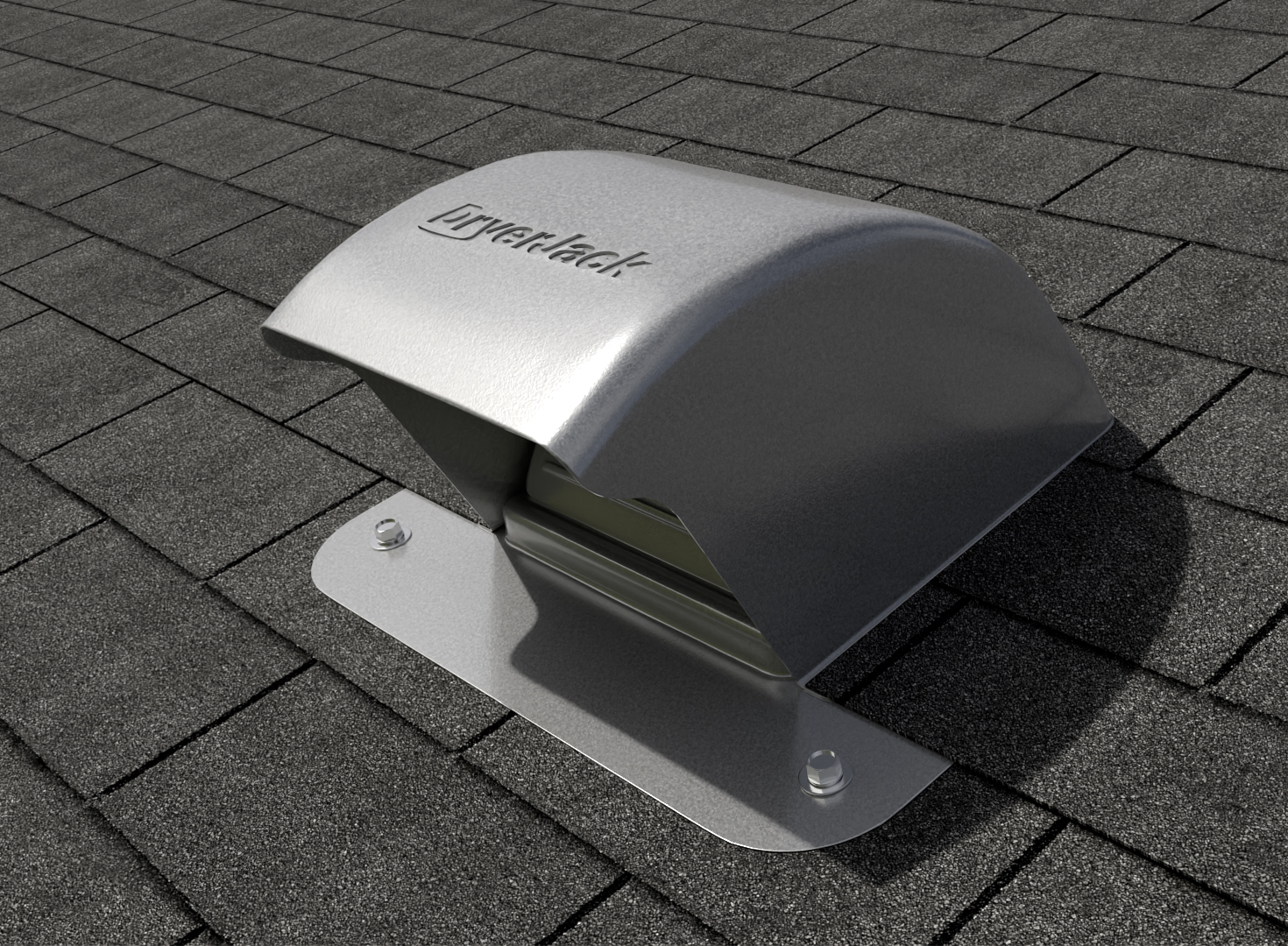
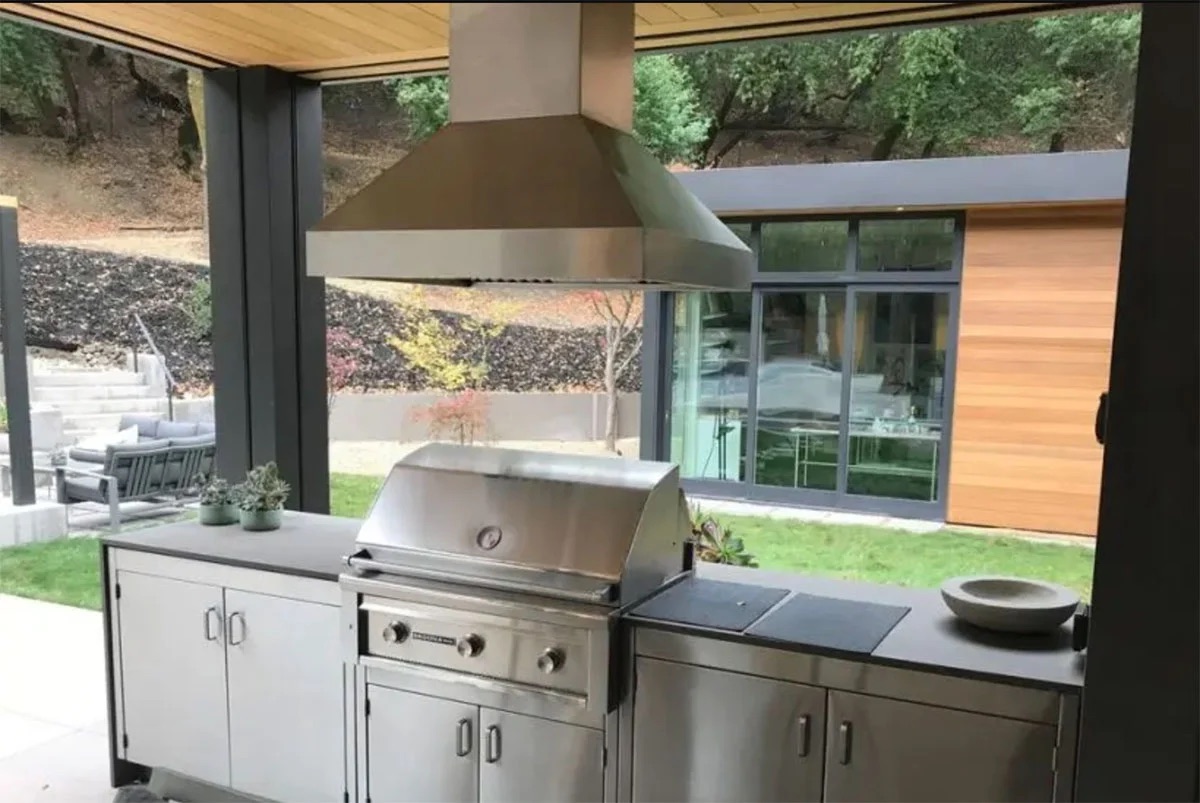
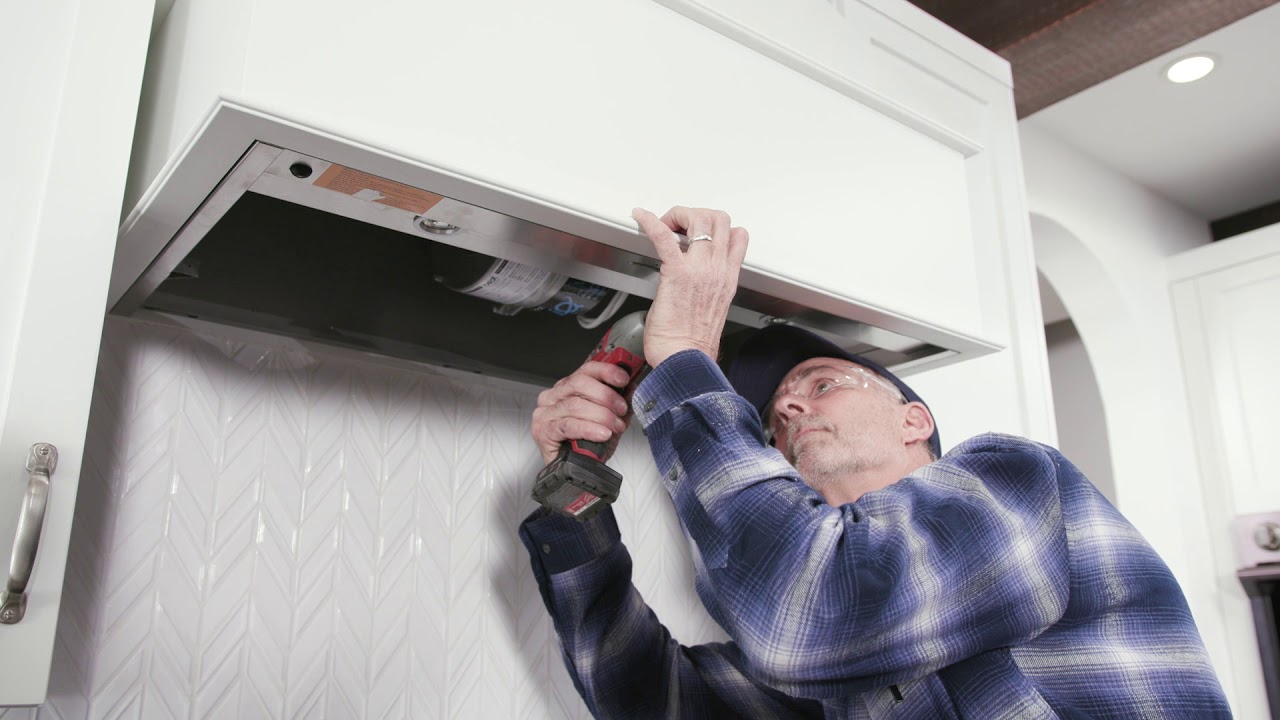
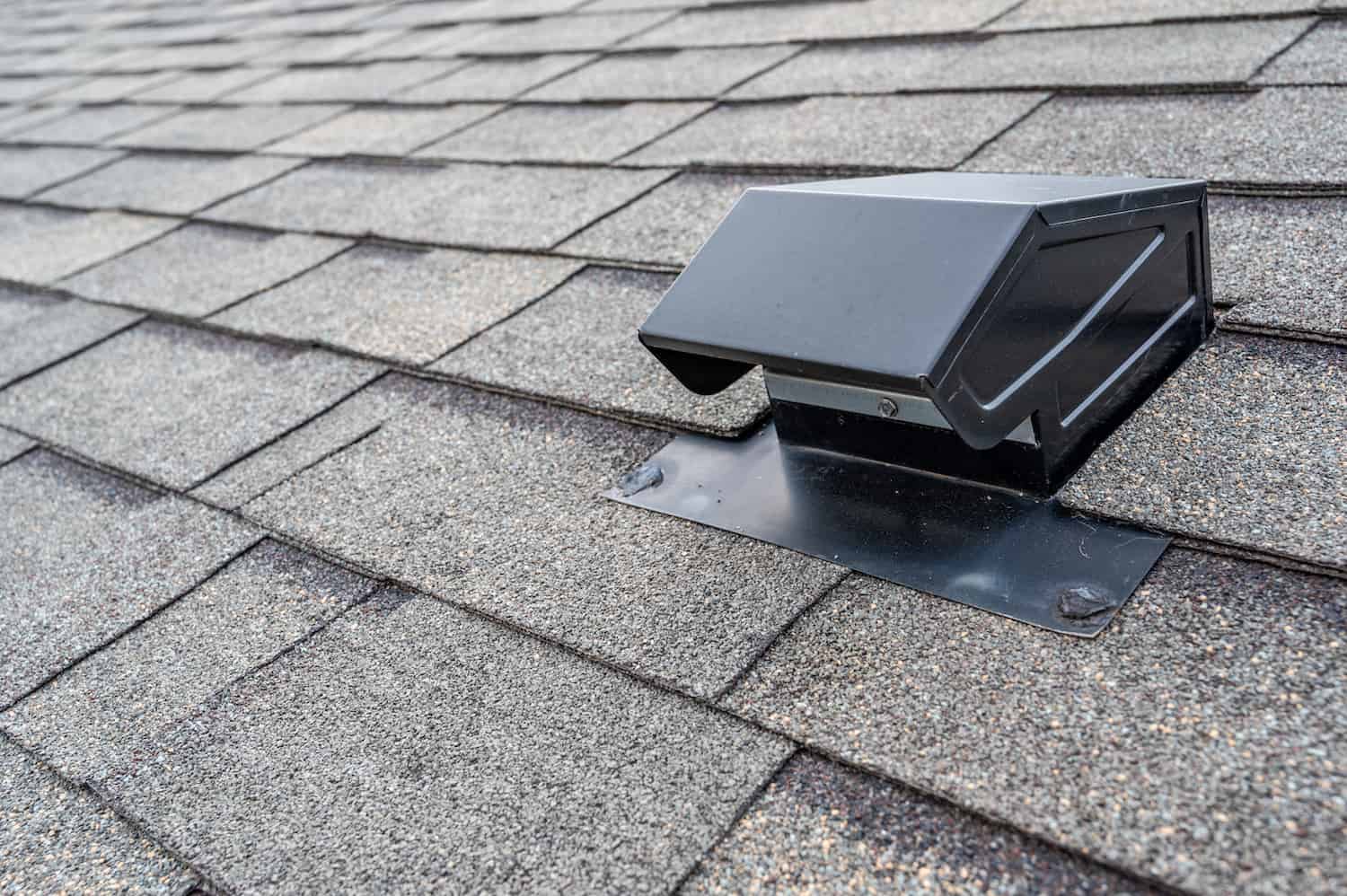
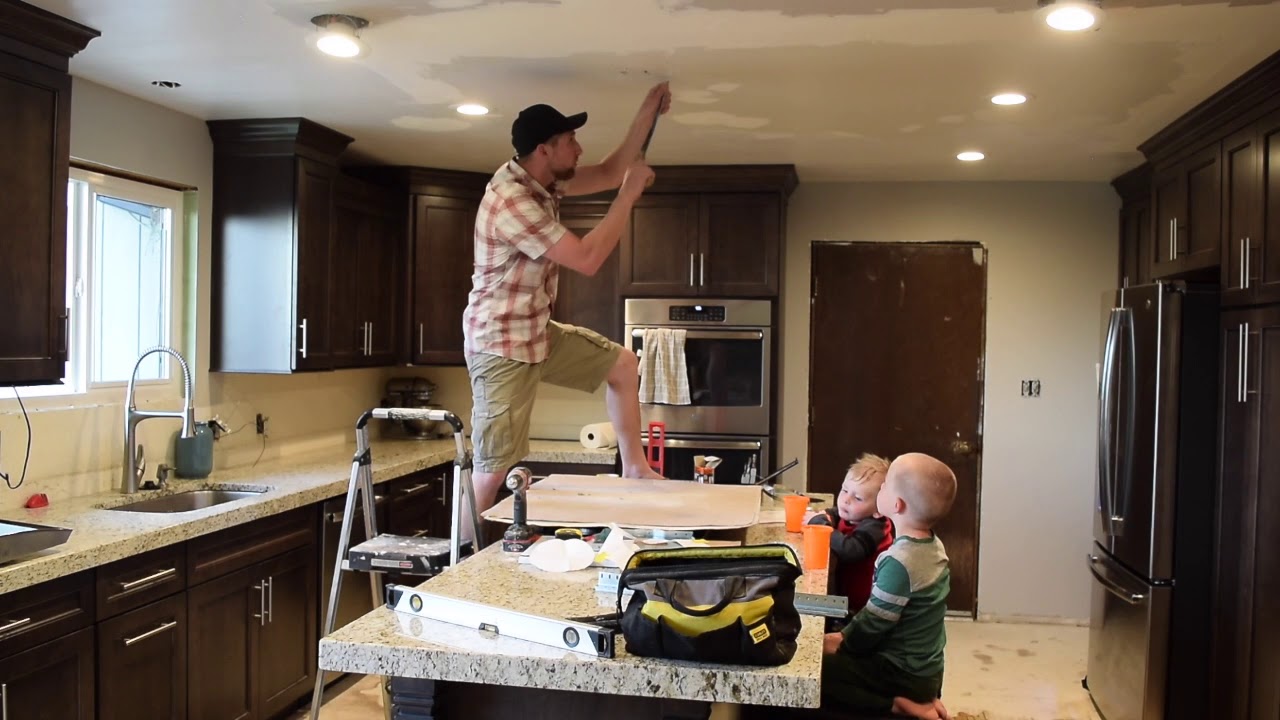
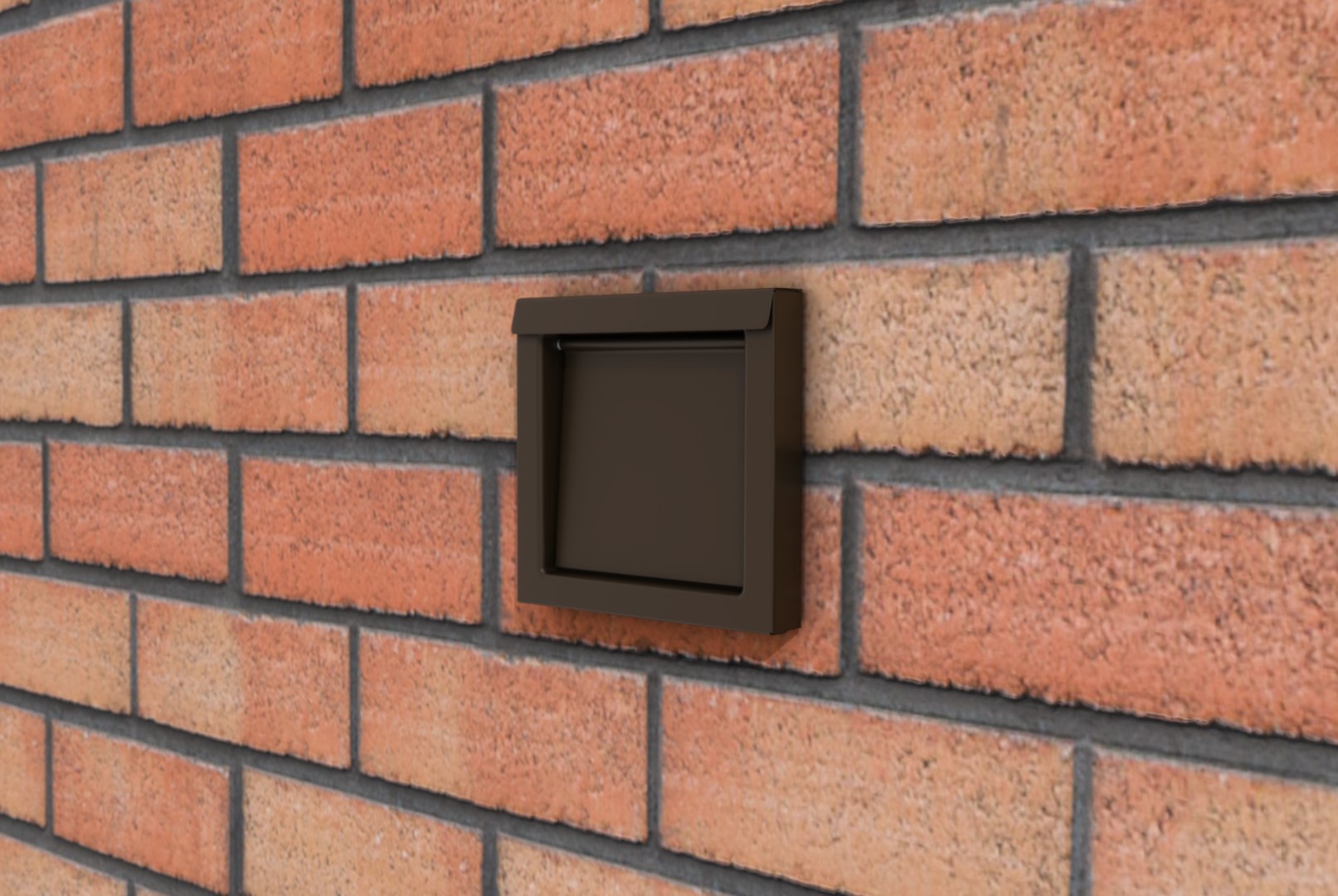
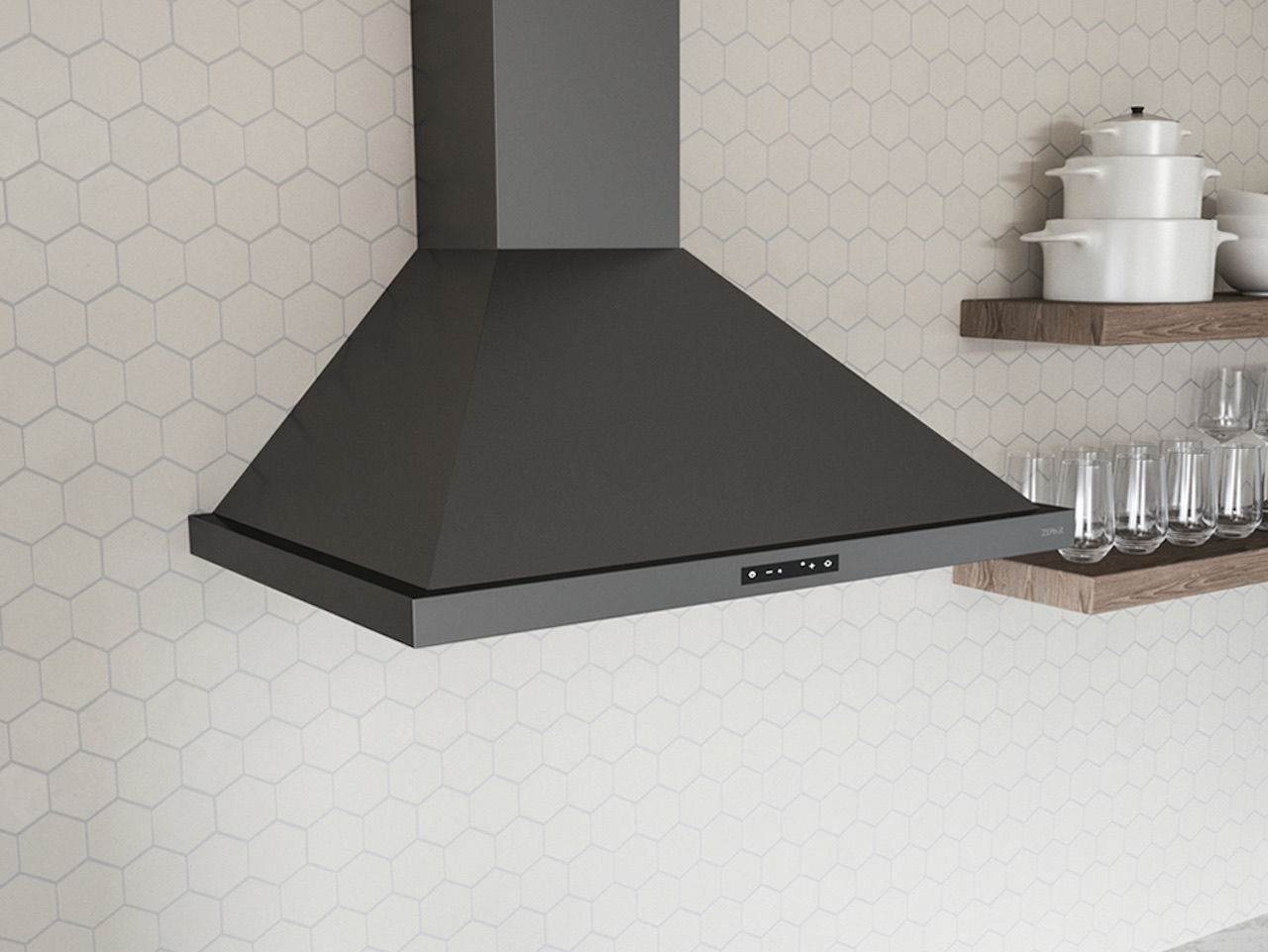
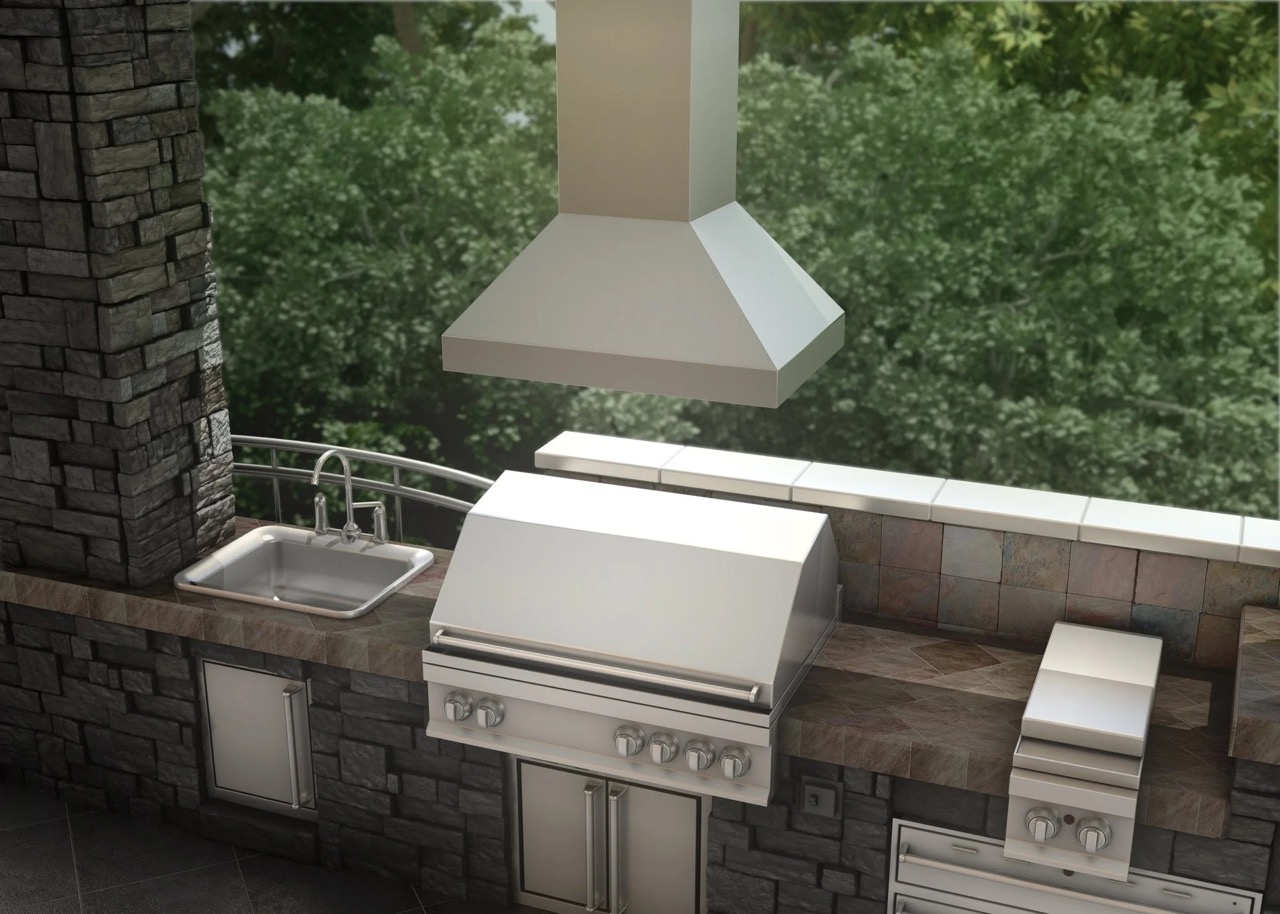
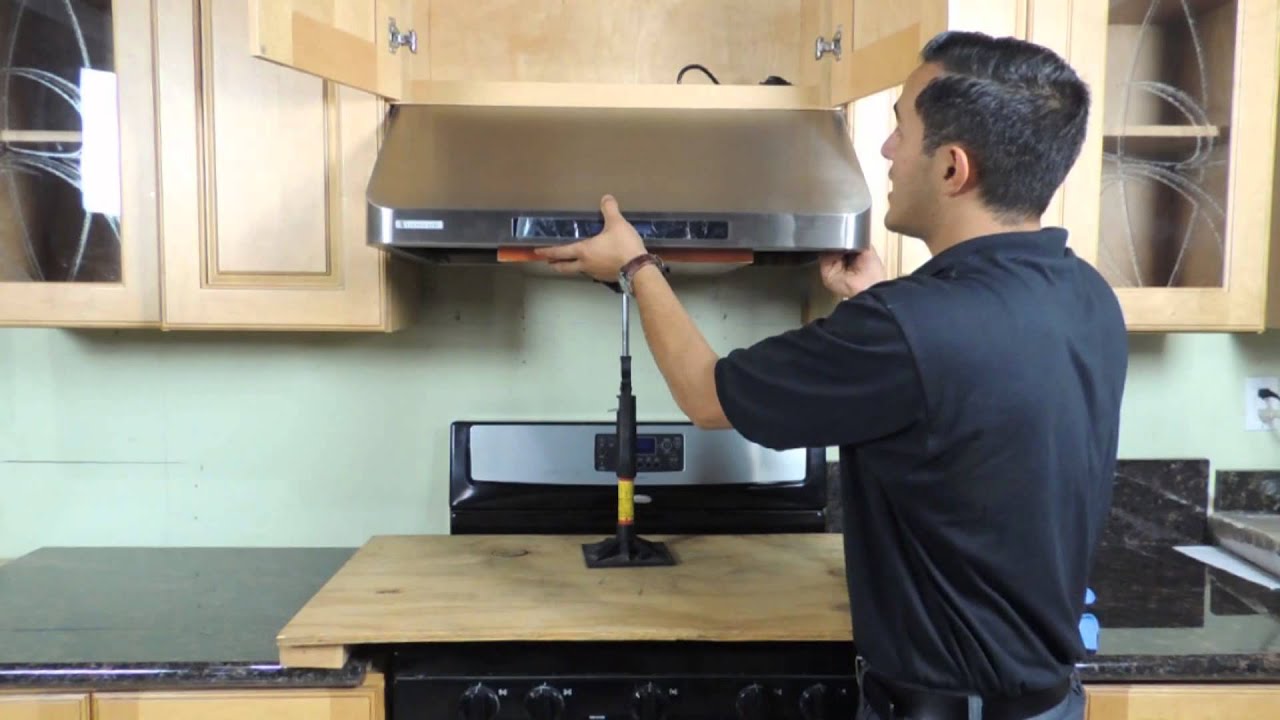
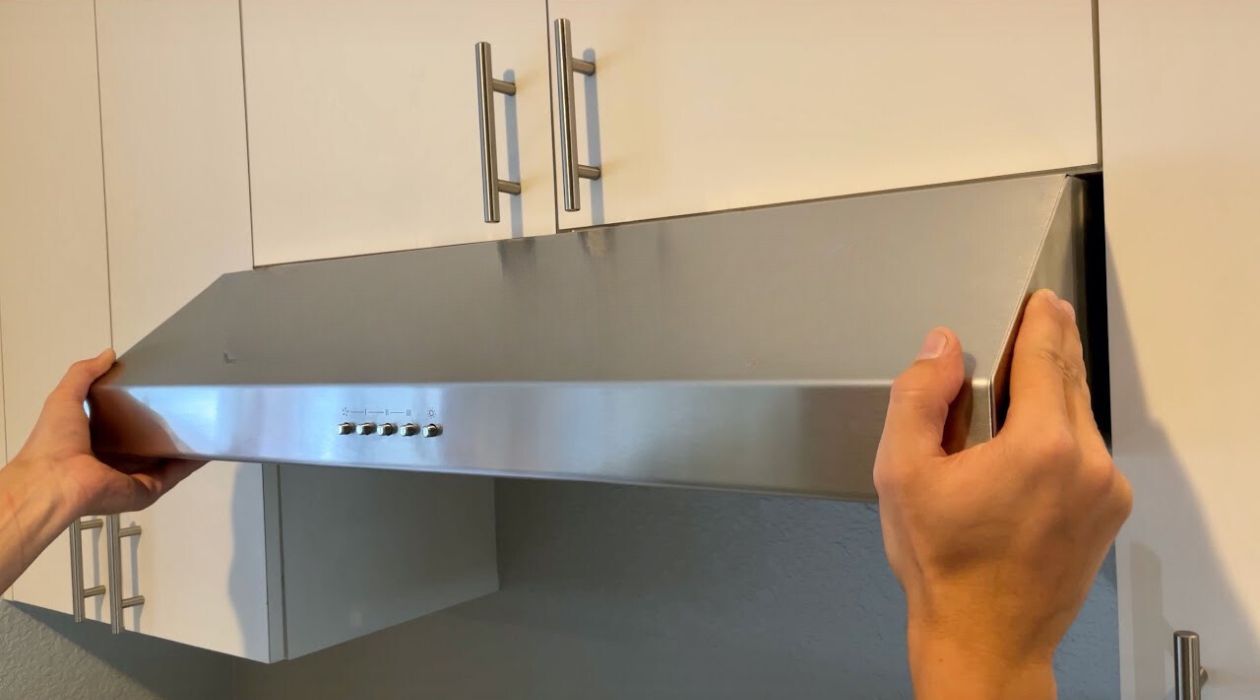
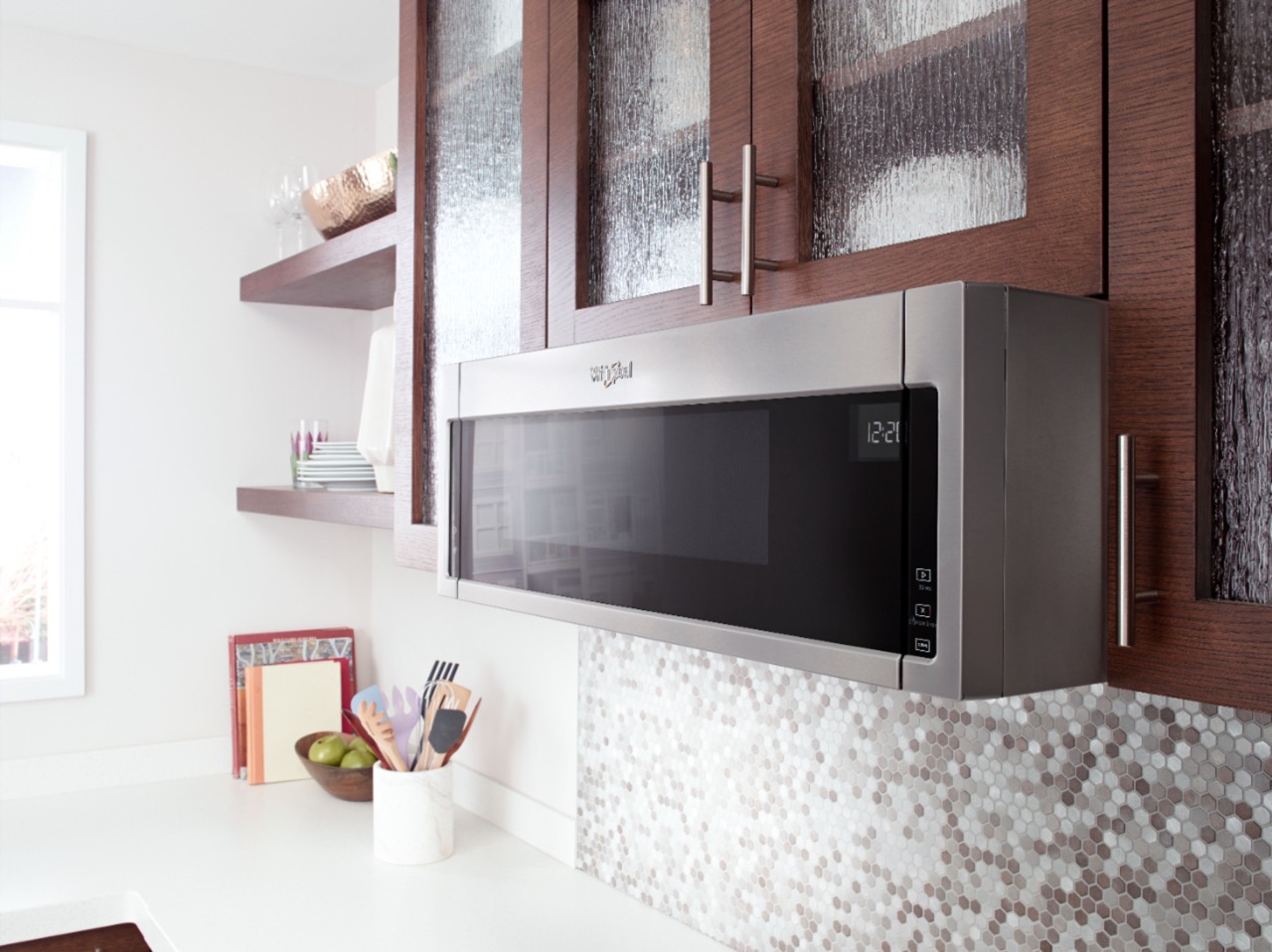
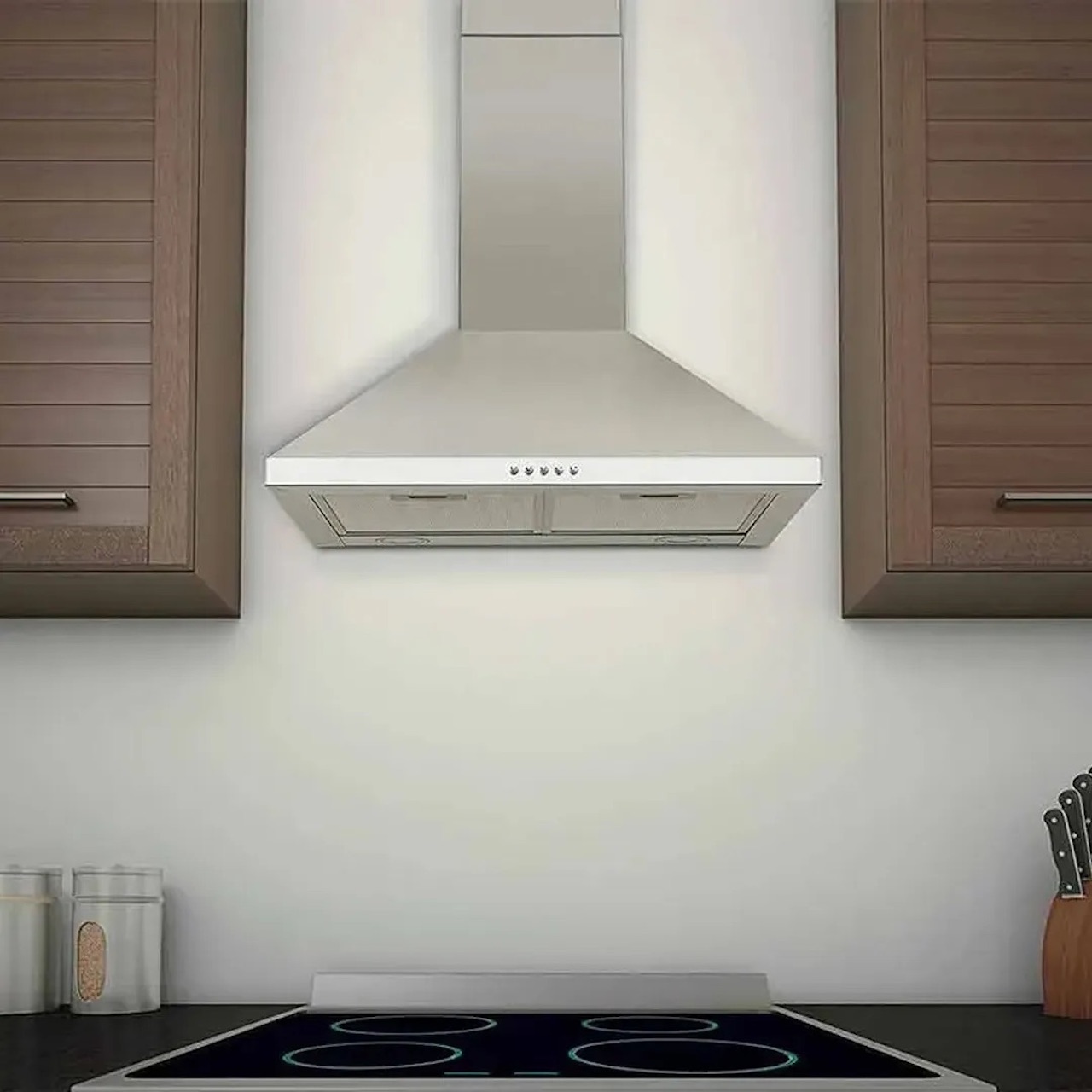
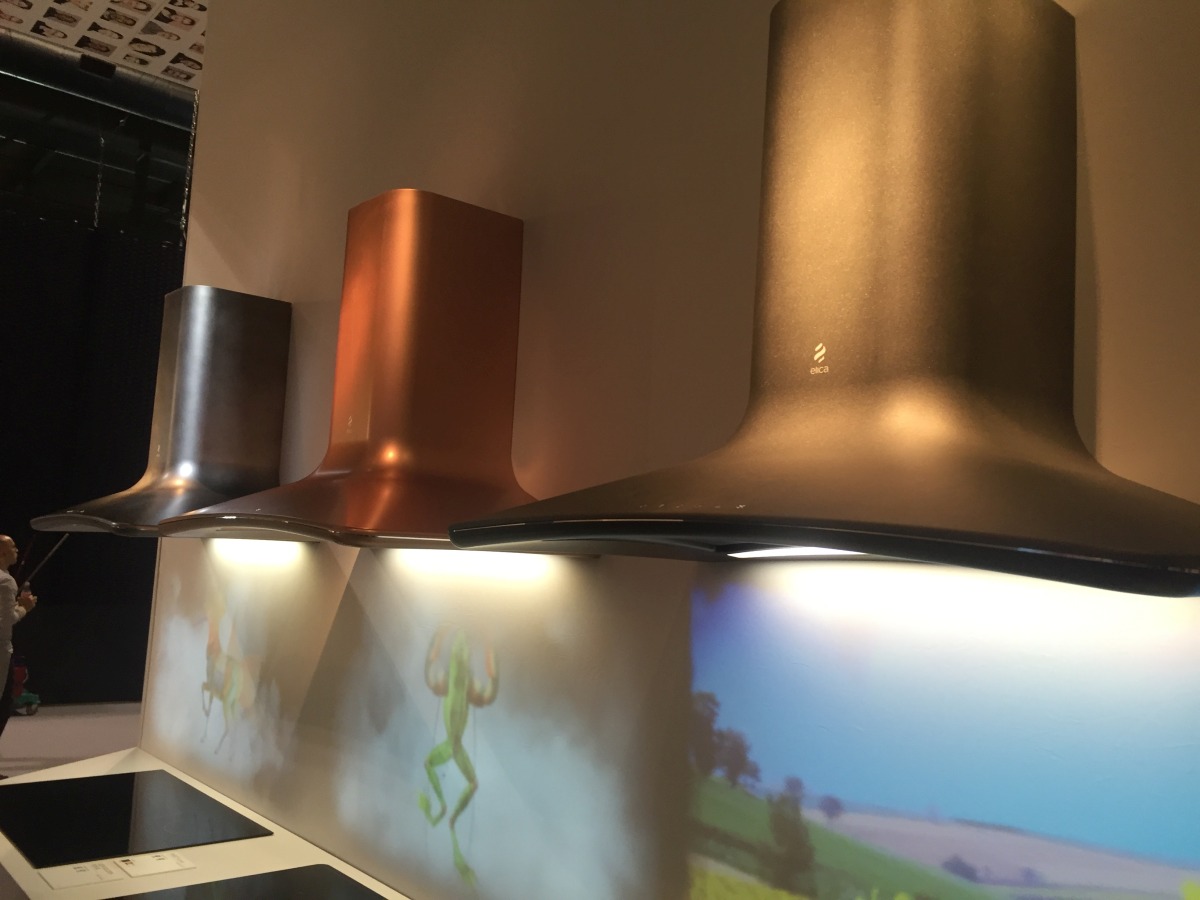

0 thoughts on “How To Install A Range Hood Vent Through Roof”